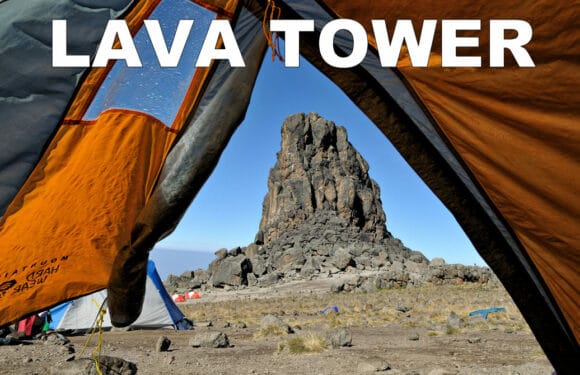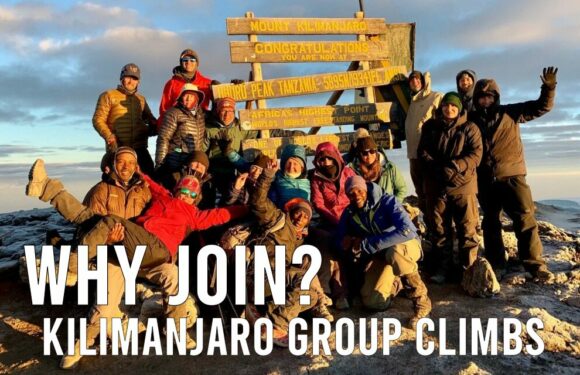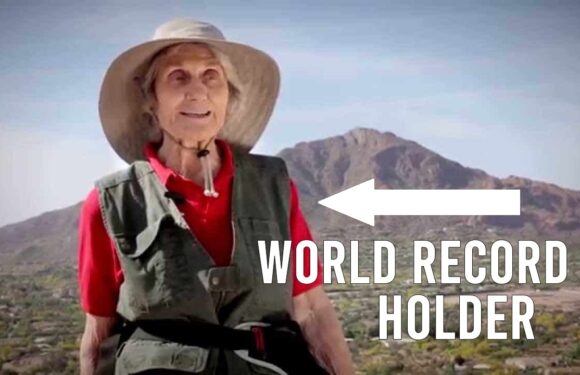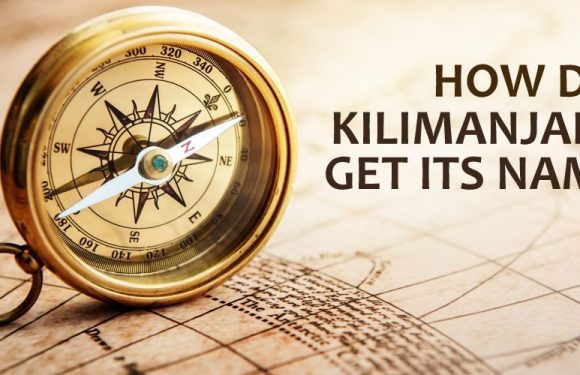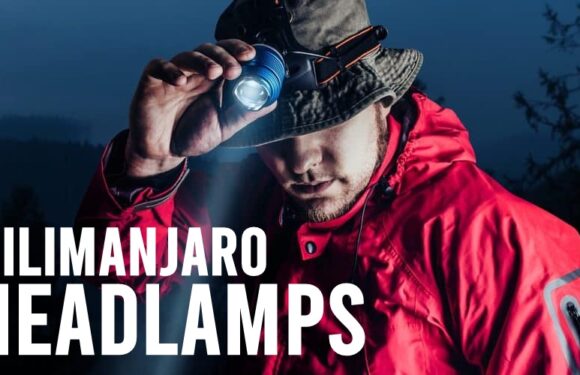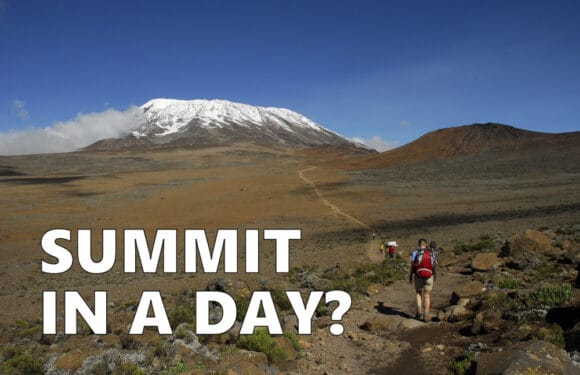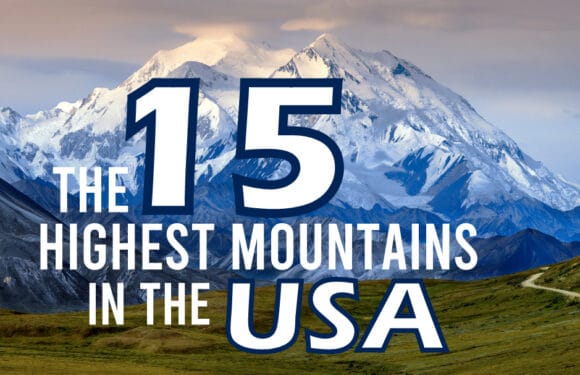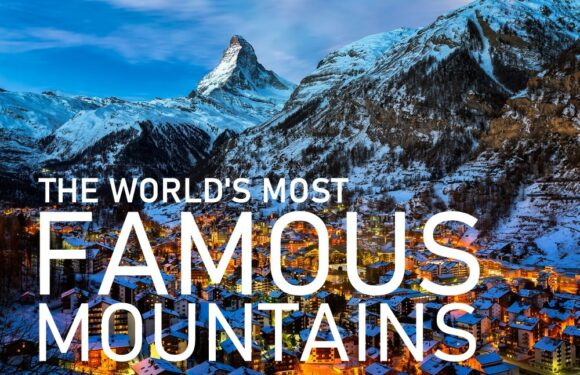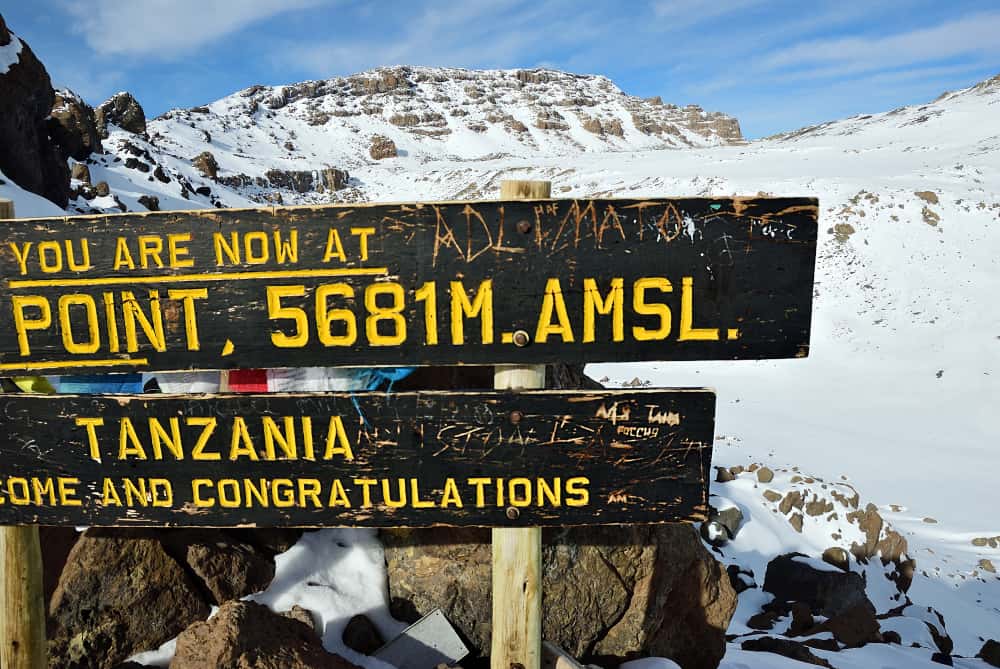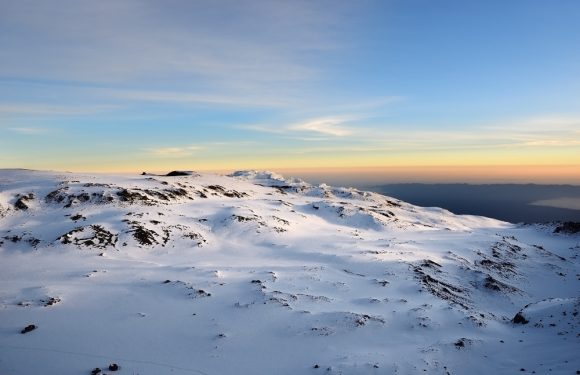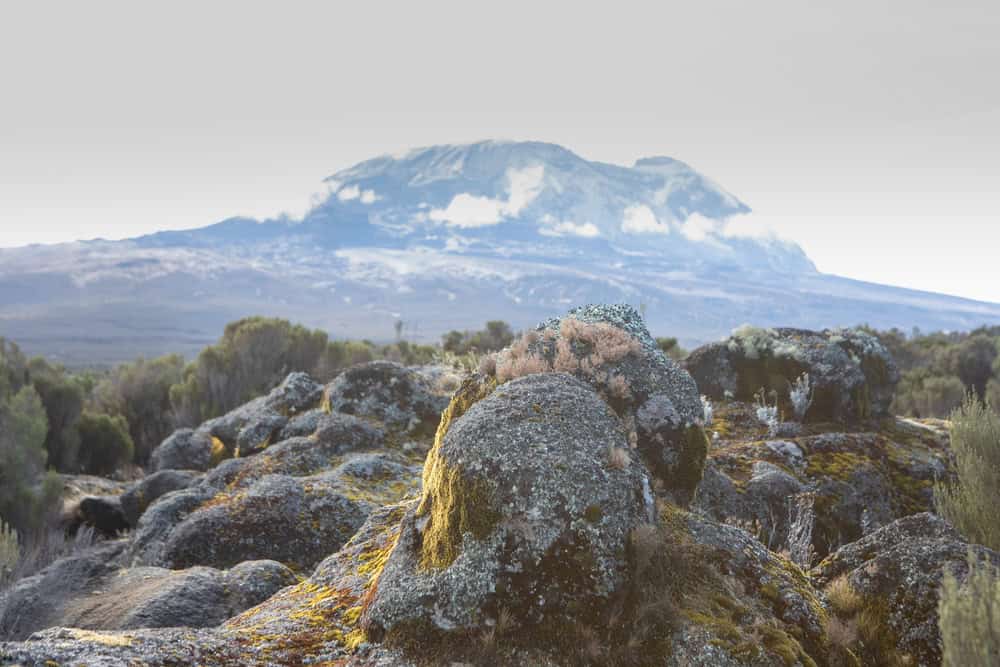
You’ll hear it repeated many times a day – “Drink water.”
The general rule of thumb is that when climbing Kilimanjaro, you need to drink at least four liters of water per day.
That’s because the requirement for fluids is very high when trekking at altitude. Your body loses water from exposure to the sun, from sweating due to exercise, from increased digestion, from urination, and also from breathing cold, dry air.
In a normal environment, we lose around 2.5 litres of water a day. That amount is magnified when climbing a big peak like Kilimanjaro. Therefore, if you are not careful, it is quite easy to become dehydrated on a high altitude expedition.
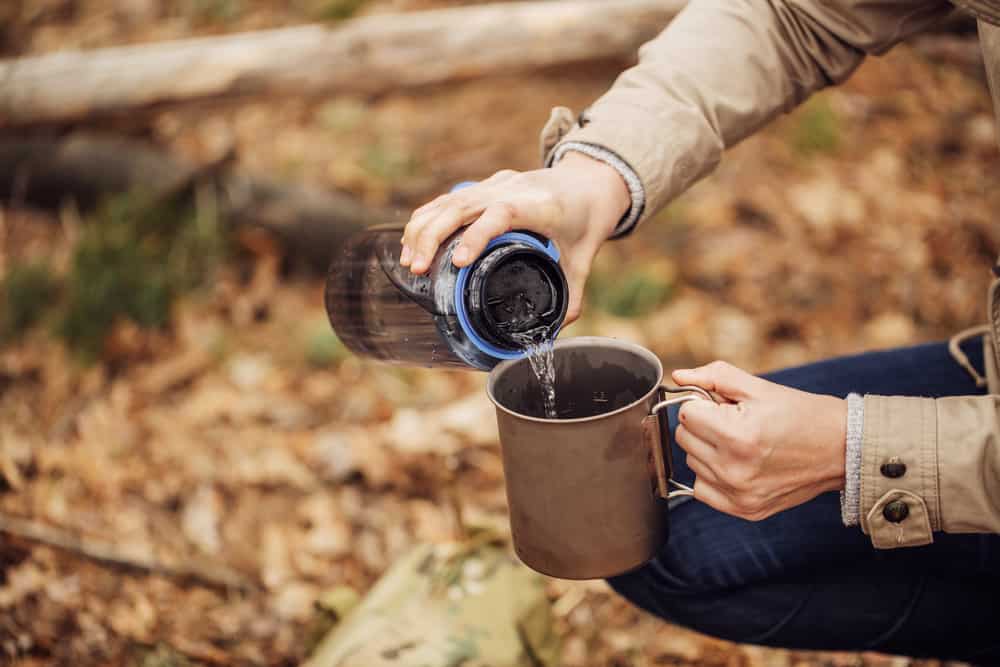
Why is Dehydration Dangerous?
It’s no secret that water is necessary for our survival.
You can survive for weeks without food, but only a few days without water. Our bodies are between 50% and 75% water. It uses water in all of its cells, organs, and tissues to maintain biological processes and help regulate its temperature.
Without water, our body’s ability to function efficiently is impaired. It causes imbalances in electrolytes and glucose levels, and triggers a variety of symptoms.
Being slightly dehydrated inhibits your ability to perform at your best. On a mountain that will challenge you like Kilimanjaro, you certainly want to be primed for the activity. Research shows that as little as 1% dehydration negatively affects your mood, attention, memory and motor coordination.
When you’re very dehydrated, your blood volume can decrease. The body attempts to compensate by increasing the heart rate to maintain blood pressure. But, the heart is pumping thicker and more concentrated blood, which is taxing your cardiovascular system.
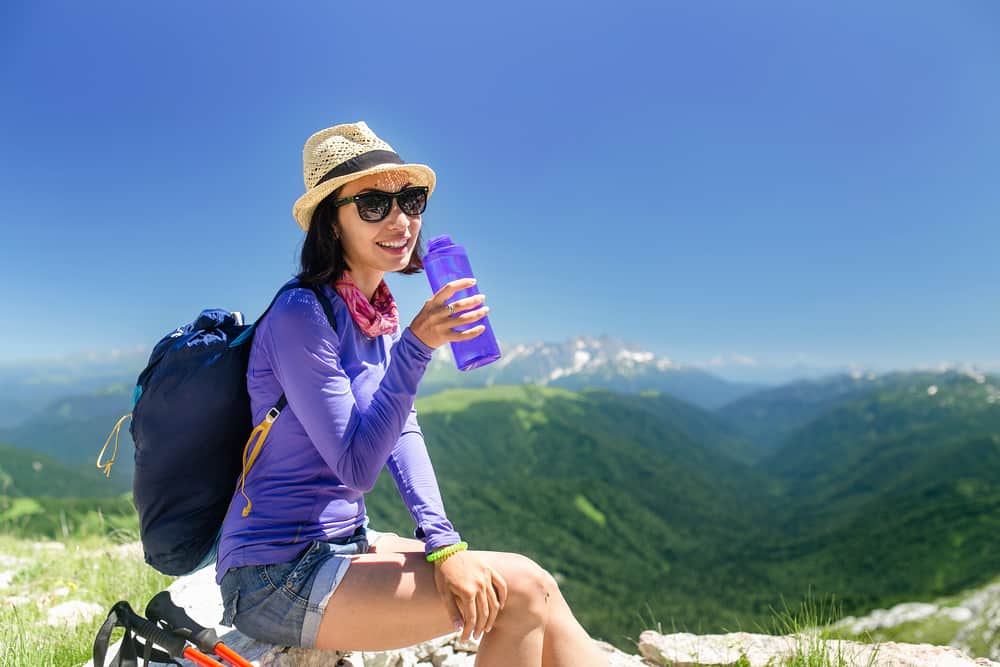
Symptoms of Dehydration
Initial signs and symptoms of dehydration may be relatively mild, including thirst, decreased urine production and darkening of the urine. However, severe dehydration can lead to serious health complications and even death. Symptoms of worsening dehydration may include:
- Fatigue
- Headache
- Dry mouth
- Weakness
- Muscle aches
- Dizziness
- Nausea
- Dry skin
Interestingly, the symptoms of dehydration have a lot of crossover with the symptoms of Acute Mountain Sickness (AMS), or altitude sickness.
It is often said that being well hydrated helps prevent or alleviate altitude sickness, but studies do not not show a correlation.
However, we believe that dehydration almost certainly reduces the body’s ability to acclimatize. It can also mask or worsen the symptoms of altitude sickness. Whenever climbers begin to feel altitude sickness, they should drink water. We find that consuming water can resolve some symptoms of AMS, such as headaches, in a matter of a couple hours.
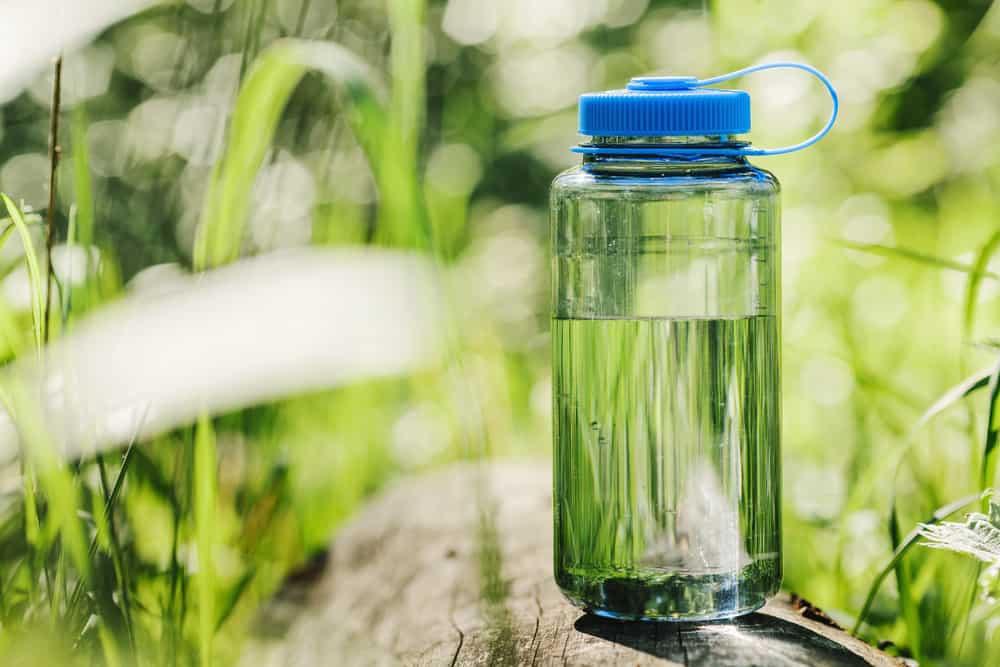
Best Practices for Staying Hydrated on Kilimanjaro
Ultimate Kilimanjaro® recommends a daily intake of 4-5 liters of water per day. Our gear list includes a water bladder, such as a 3-liter CamelBak or Platypus, and a water bottle, such as a 32 oz. Nalgene. Start the day with both full so you can better track your intake.
NOTE: Disposable, single use plastic water bottles are not allowed on Kilimanjaro. Water needs to be carried in a reusable containers such as a Nalgene bottles or water bladder.
We suggest that you add electrolytes into the water bottle for extra recovery benefits. These can be Gatorade packets, Nuun brand tablets, or GU Hydration tablets – to name a few. Having a flavor in the water also tends to increase the amount people drink.
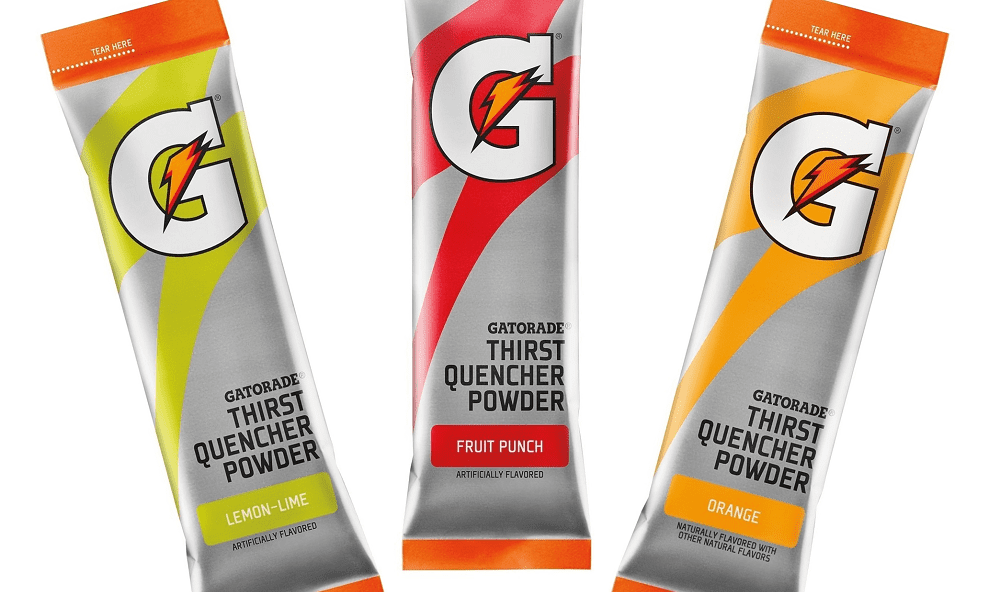
Drink regularly as a habit and don’t rely on thirst, as this might not be a reliable indicator of how often you need to drink.
You should sip your water in the bladder throughout the day. Make sure you drink water at every rest break, from the bladder or your water bottle. If you drink about a 1/2 liter each time, by the time you get into camp in the afternoon, you will have effortlessly consumed 2-3 liters throughout the course of the day.
Now, you have the rest of the afternoon and evening to drink two more liters to reach the 4-5 liter target. This can be accomplished by drinking one liter when you arrive at camp, prior to dinner. And then another liter before going to bed. This is a great time to add more electrolytes so you can recuperate overnight.



















































